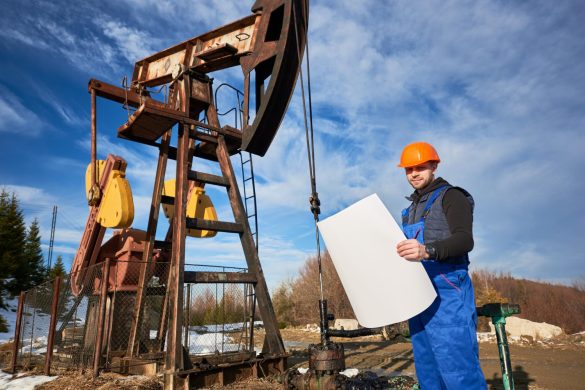Key Points
- Oil and gas discoveries drive global energy and economic shifts.
- Guyana, Mozambique, and Brazil lead with massive reserves.
- Eastern Mediterranean gas finds boost regional energy trade.
New oil and gas deposits proved during the course of the past ten years fashioned a new outlook in the global consumption of energy. In addition to the creation of more robust economies, these discoveries have changed geopolitics, technology, energy. Five major oil and gas findings made over the last ten years are examined in this paper.
1. The Guyana basin: Opening a new frontier
Discovery of enormous oil reserves equivalent to 40 billion barrels located off the coast of Guyana, in the Stabroek block in November 2015 is one of the most groundbreaking discoveries of this decade. Once considered a high-risk exploration area, this offshore deep water basin has transformed the picture in South America sharply. Guyana is one of the fastest-growing oil producers as more than 11 billion of proven reserves have been discovered up to 2023.
The economic impact has been immense more specifically the GDP that has remained to grow in the tens for instance for Guyana, mostly from oil. This has also placed the nation at the heart of the world energy map and attracted large measures of oil company investment. Not yet solved, however, are environmental degradation and resource management.
2. Rovuma basin of Mozambique: A gas giant emerges
New giant natural gas fields discovered in the Rovuma Basin, off the coast of Mozambique by Anadarko Petroleum (an OXY affiliate) and ENI in 2010 and in other subsequent years. Mozambique has now become one of the most active players in the global LNG market especially with regard to estimated natural gas reserves of about 100 TCF.
Coral South FLNG and Mozambique LNG among others together with other large investments in LNG infrastructure have originated from the advancement of the Rovuma Basin. Ensuring increasing demand in Asia and Europe, these projects will help place Mozambique among the first LNG suppliers globally. But it has witnessed problems faced in economic management and security issues that have dragged development partly.
3. Deepwater Treasure: Pre-Salt Reserves of Brazil
Located three kilometres directly below a layer of salt under the Atlantic Ocean, the Brazilian pre-salt resources have continued to yield significant discoveries in the past ten years. Located in the Santos and Campos basins, the Brazilian state oil firm Petrobras has featured front stage in these finds.
Since the Búzios field is one of the largest deepwater oil fields globally, the fields such as Búzios and Mero, Sepia, and some others have become increasingly critical to Brazil’s oil production. More than 3 million barrels daily production, these findings have also boost the image of Brazil as an exporter of oil. Getting to these tough reserves has been made possible by advances in deepwater drilling.
4. The Eastern Mediterranean: Levant Basin Gas Boom
The Eastern Mediterranean is a new region of natural gas discoveries with major successes achieved in the Levant Basin. Leveraging Leviathan and Tamar, discovered by Noble energy, currently a Chevron company, Israel had become a regional exporter of energy.
Egypt also received coverage when it shallowalker discovered the Zohr gas field in 2015, which is expected to contain over 30 trillion cubic feet of gas making it one of the largest in the Mediterranean basin. These insights have led to regional energy cooperation as countries like Cyprus and Greece search for EU export routes. Political factors in the region thus works against optimal exploitation of these resources.
5. North Slope of Alaska: Reviving Oil Potential
Known for many years as holding the potential of a major source of oil and natural gas, Alaska experienced a resurgence of exploration results in the past ten years. Years of prospective exploration at Smith Bay – with about 6 billion recoverable oil barrels confirmed in 2016 – prompted Caelus Energy to announce a massive find. Similarly, the discoveries in the North Slope like the Pikka and Willow projects have restarted discussion about this distant area again.
Alaska and the United States energy sector benefits highly from these discoveries. They have, at the same time, also brought new debate with regard to dangers to the environment and the impact they are having on the permafrost region. These projects are now achievable, thanks in great part on developments in cold-weather drilling technologies.
Conclusion
The large explorations of oil and gas that have been made in the last decade have reaffirmed that fossil fuels remain an indispensable component of the world energy architecture. Such findings have not only provided the countries with financial possibilities, but also indicated the problems as the environmental problems, geopolitical problems, and the need for technological advancements. These will be of tremendous value in defining the energy blend of the future as the entire globe shifts to the green energy base.



